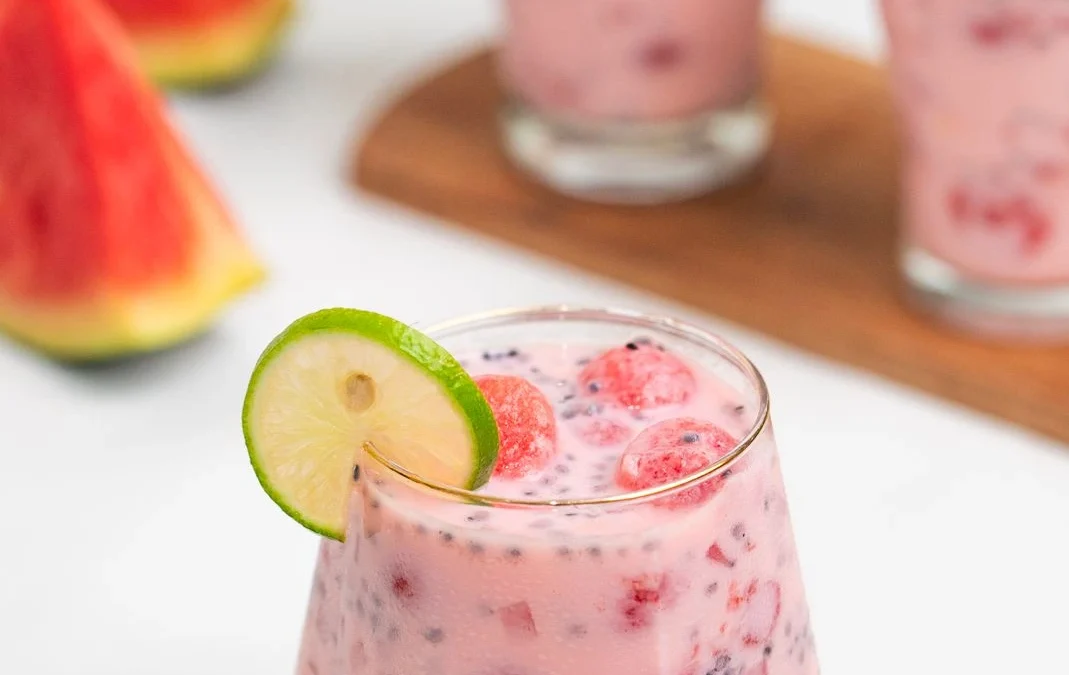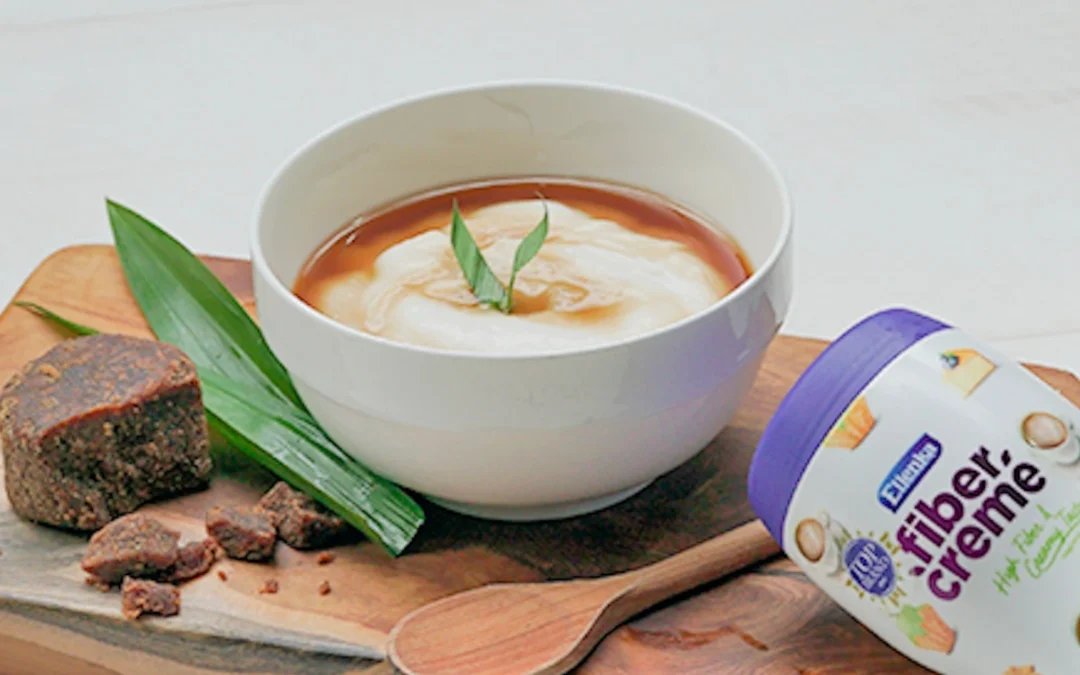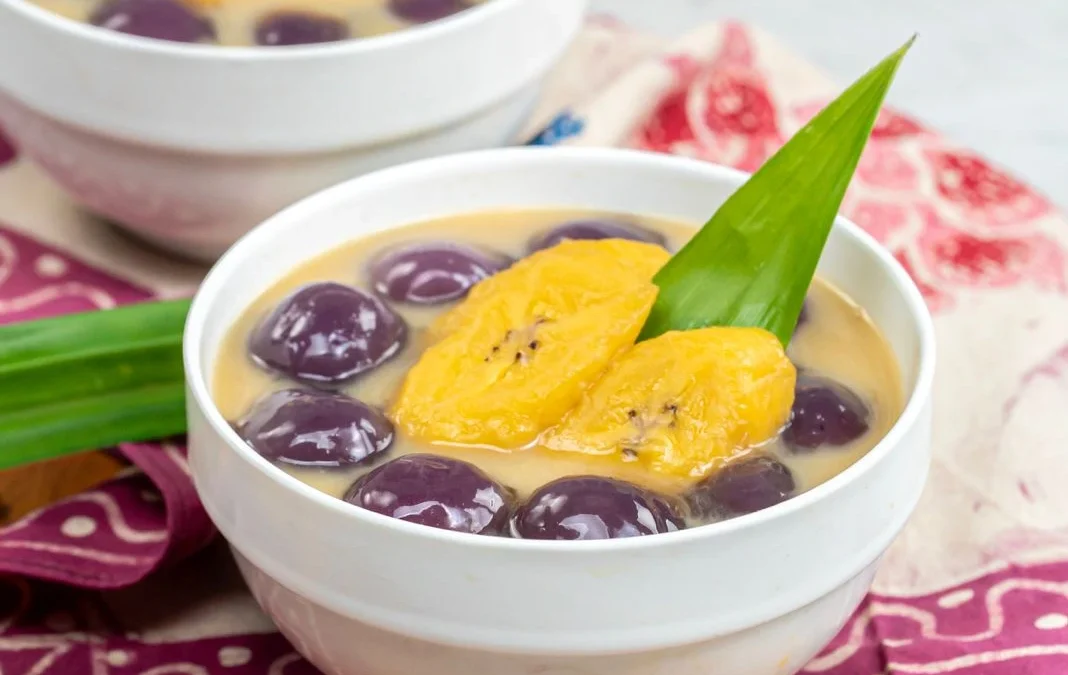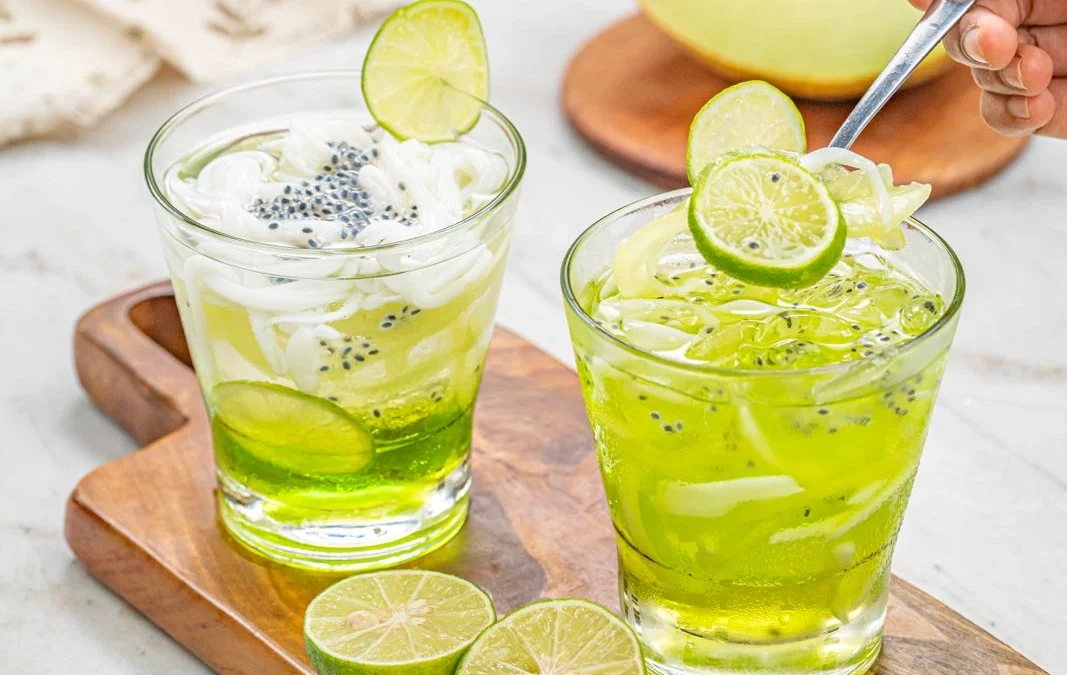
If you’ve ever tried making traditional cakes or snacks, you’ve probably come across rice flour and glutinous rice flour. These two types of flour are often used in many recipes and may look almost the same. But surprisingly, they are very different! To help you understand better and avoid confusion, let’s take a closer look at the differences between rice flour and glutinous rice flour!
1. Basic Ingredients

The rice you eat every day is what’s processed into rice flour. The production process is quite simple: the rice is ground into a fine powder. The result is the flour we commonly use to make various types of cakes or snacks.
Meanwhile, glutinous rice flour comes from a different type of rice—glutinous rice. If you’ve ever eaten black or white glutinous rice, that’s the base ingredient. Glutinous rice has a sticky and starchy quality, which makes it produce a different result when turned into flour.
Read More : Easy-to-Find Cornstarch Substitutes to Keep Your Dishes Delicious
2. Texture and Stickiness

When cooked, rice flour tends to be dry and not sticky. For example, when making layered cakes, the texture will feel firm but not chewy. Rice flour is also often used to make fried foods crispier. Usually, rice flour is mixed with other flours, like wheat flour, to ensure the final fried product isn’t too hard.
In contrast, glutinous rice flour becomes very sticky and chewy when cooked. This texture is what makes snacks like klepon or onde-onde feel chewy and soft when you bite into them.
3. Application in Cooking

Now, let’s move on to the most important part: usage in cooking. Rice flour is typically used in foods that need a firm or crispy texture, like layered cakes, bubur sumsum, or coatings for fried foods. So, if you want to make crispy fried foods or soft cakes without chewiness, rice flour is the best choice.
But if you’re looking to make something chewy, like mochi, klepon, or onde-onde, glutinous rice flour is the answer. This flour specializes in providing a sticky and elastic texture, making the food feel more stretchy when chewed.
4. Taste
In terms of taste, rice flour doesn’t stand out much. Its neutral flavor allows it to absorb the taste of other ingredients in the dough, like sugar, coconut milk, or other flavorings. That’s why rice flour is a good choice for dishes that need the flavors of other ingredients to shine through.
On the other hand, glutinous rice flour has a slightly sweet taste and a chewy texture. This significantly impacts the eating experience—it’s more chewy and enjoyable to bite into. Foods made from glutinous rice flour usually feel more “alive” in your mouth because of their unique texture and slight sweetness.
Which One Is Better?
Honestly, neither is better than the other. Rice flour and glutinous rice flour each have their advantages, depending on what type of dish you want to make. If you want to create something crispy or firm, rice flour is the right choice. But if you’re aiming for a chewy and elastic texture, glutinous rice flour is your go-to.
What’s important is that you don’t forget to add FiberCreme to whatever rice flour or glutinous rice flour creations you’re making. With its high fiber content, low sugar, and 0mg cholesterol, FiberCreme can help you create dishes that are more delicious, healthier, and safer for your loved ones.
Ready to make various delicious dishes using rice flour, glutinous rice flour, and FiberCreme? If you’re still unsure what to make, check out @FiberCreme_TV for some inspiring recipe ideas!






0 Comments